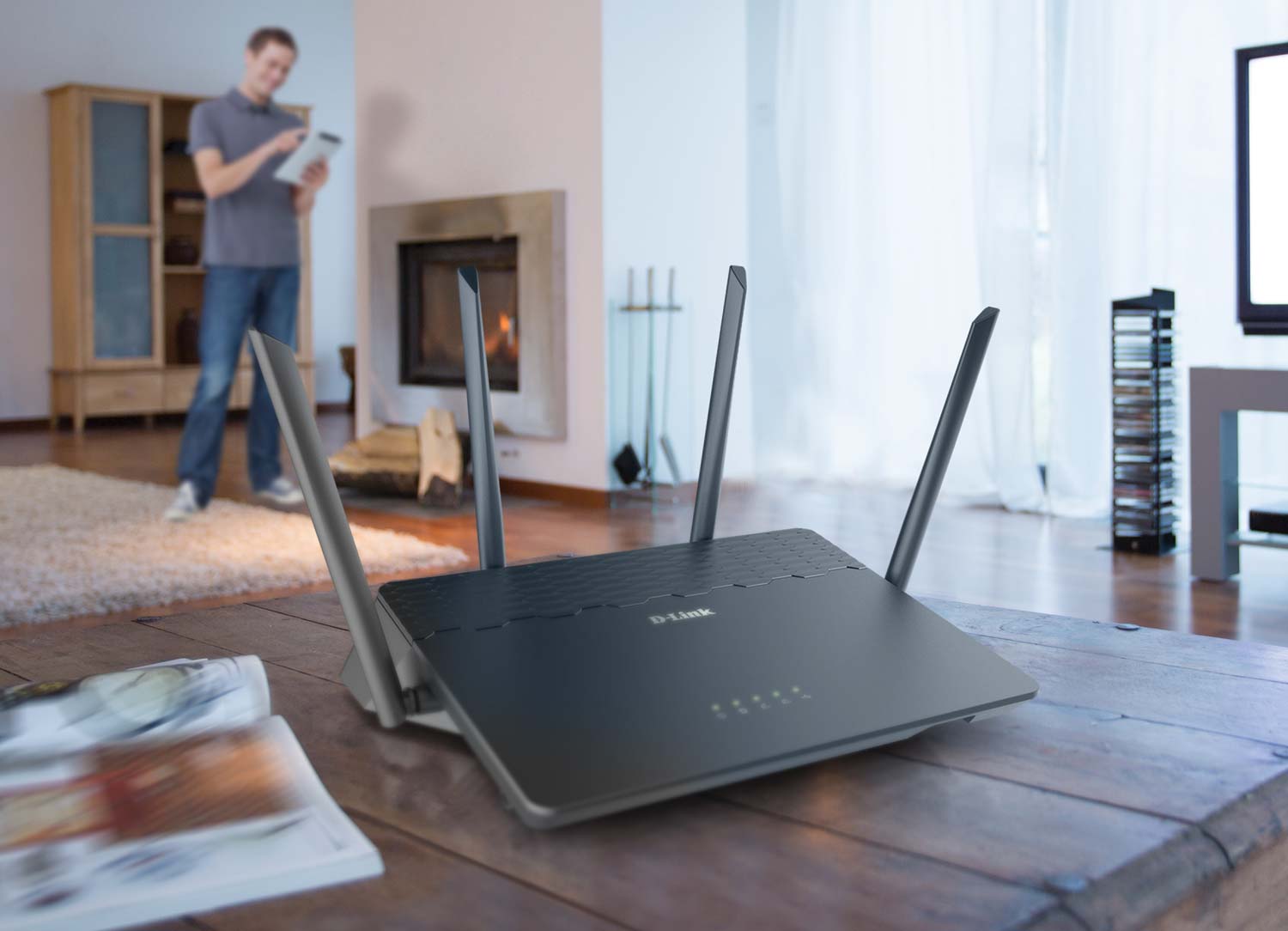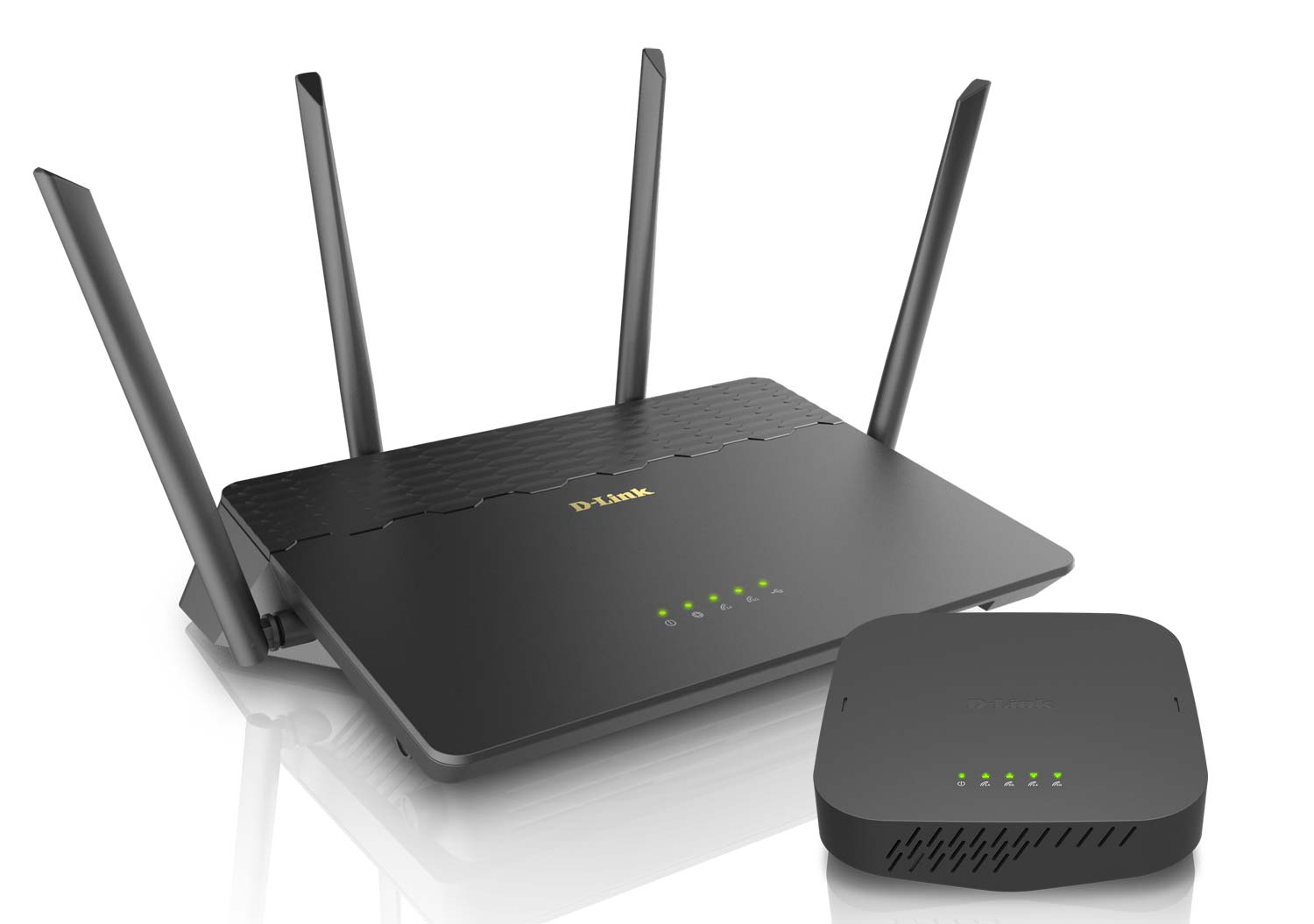D-Link Tries Its Hand at Mesh Networking with Covr
D-Link's Covr uses an AC2600 dual-band router and AC1300 Wi-Fi Extender to make sure your Wi-Fi network reaches every corner of your home.
It's getting to the point where it would be quicker to name the router makers that don't offer a mesh-networking product that promises to fill every corner of your home with Wi-Fi. D-Link becomes the latest to roll out a whole-home Wi-Fi offering, taking the wraps off its Covr Wi-Fi System today (Jan. 4) at CES.

D-Link is taking a decidedly different tack from other mesh router makers with Covr. Instead of turning to a series of identical-looking access points, D-Link's Covr is comprised of a router and a Wi-Fi extender that connect seamlessly to create what the company promises will be a fast, reliable network.
MORE: Best Routers
Starting Price: $299.99
Available: Second Quarter, 2017
Key Specs: Mesh-networking products have tended to feature striking designs. Netgear's Orbifeatures a pair of oval-shaped devices, for example, while the newly announced Velop from Linksys can include as many as three white towers. D-Link's Covr is different because it embraces a more traditional look for its AC2600 dual-band router and AC1300 Wi-Fi extender.

More important than looks, though, is what the Covr System promises to do. In addition to supporting MU-MIMO to efficiently handle all the devices connecting to the network, Covr uses smart steering where devices automatically connect to either the router or range extender, depending on which device provides the best Wi-Fi signal. That smart-steering technology also balances the load between the 2.4 and 5GHz bands to optimize performance.
What's New: Don't confuse Covr with a traditional router/extender setup, D-Link says. In this case, you're creating a seamless network so that when you move through your house, your devices should easily hop from the router to the extender and back again without a blip in performance.
Why You Should Care: You essentially have two demands of your home wireless network: 1) It needs to reach every corner of your home and 2) it needs to be able to handle the growing number of laptops, phones, tablets and other Wi-Fi connected devices that you keep adding to your home. Mesh networks tackle both of those challenges, which is why they're growing in popularity.
Outlook: D-Link's Covr doesn't look particularly striking, especially when stacked up against more eye-catching mesh network devices. So its success hinges on how well it will be able to deliver on the seamless networking D-Link promises. We're looking forward to finding out for ourselves when Covr ships later this year.
- How to Create and Remember Secure Passwords
- Best Wi-Fi Extenders
- Your Wi-Fi Router Is Under Attack; Update It Now
Sign up to get the BEST of Tom's Guide direct to your inbox.
Get instant access to breaking news, the hottest reviews, great deals and helpful tips.
Philip Michaels is a Managing Editor at Tom's Guide. He's been covering personal technology since 1999 and was in the building when Steve Jobs showed off the iPhone for the first time. He's been evaluating smartphones since that first iPhone debuted in 2007, and he's been following phone carriers and smartphone plans since 2015. He has strong opinions about Apple, the Oakland Athletics, old movies and proper butchery techniques. Follow him at @PhilipMichaels.

